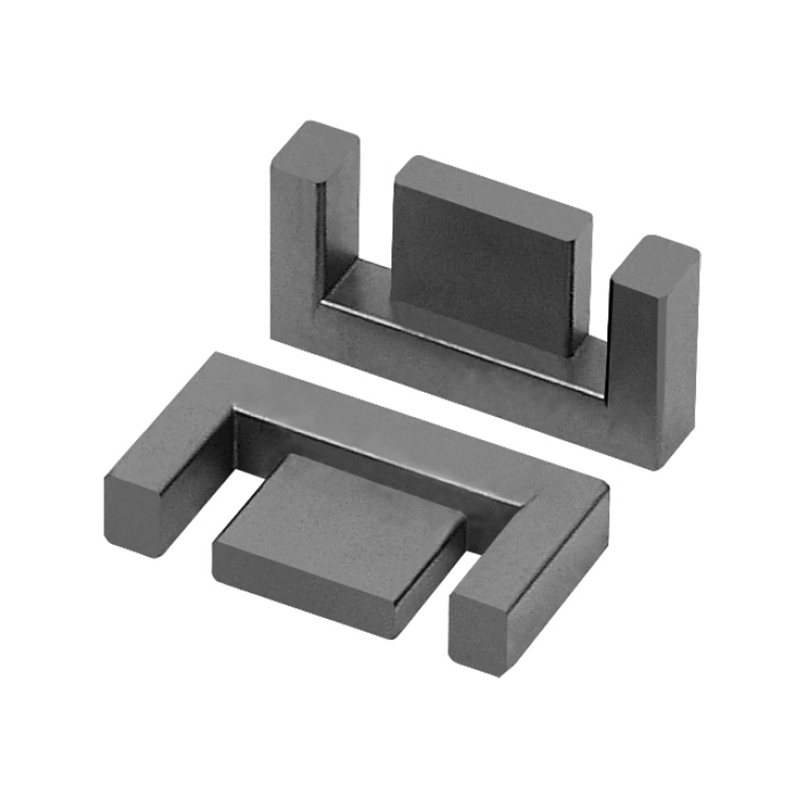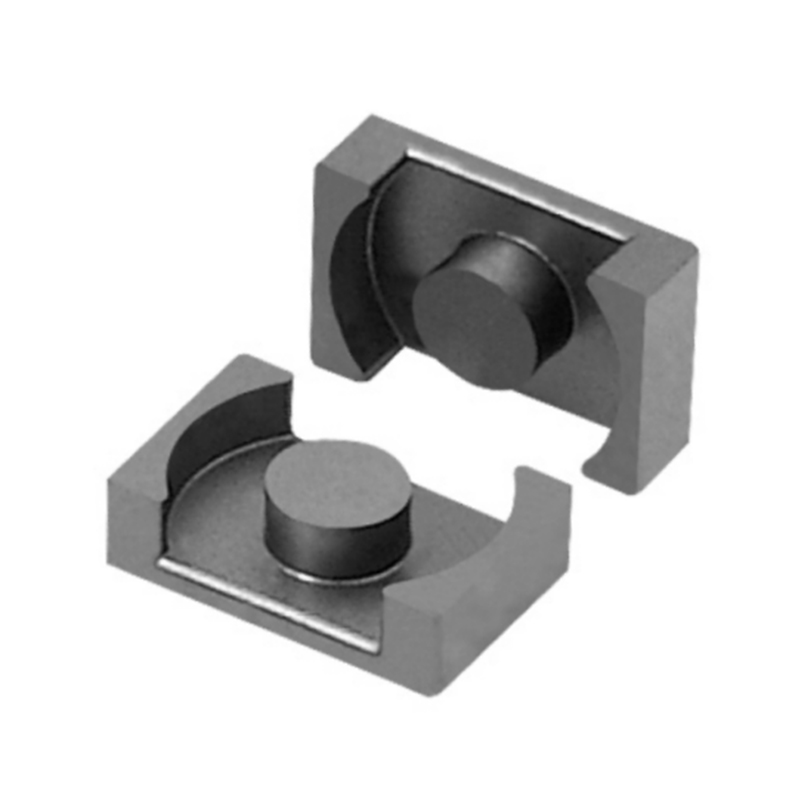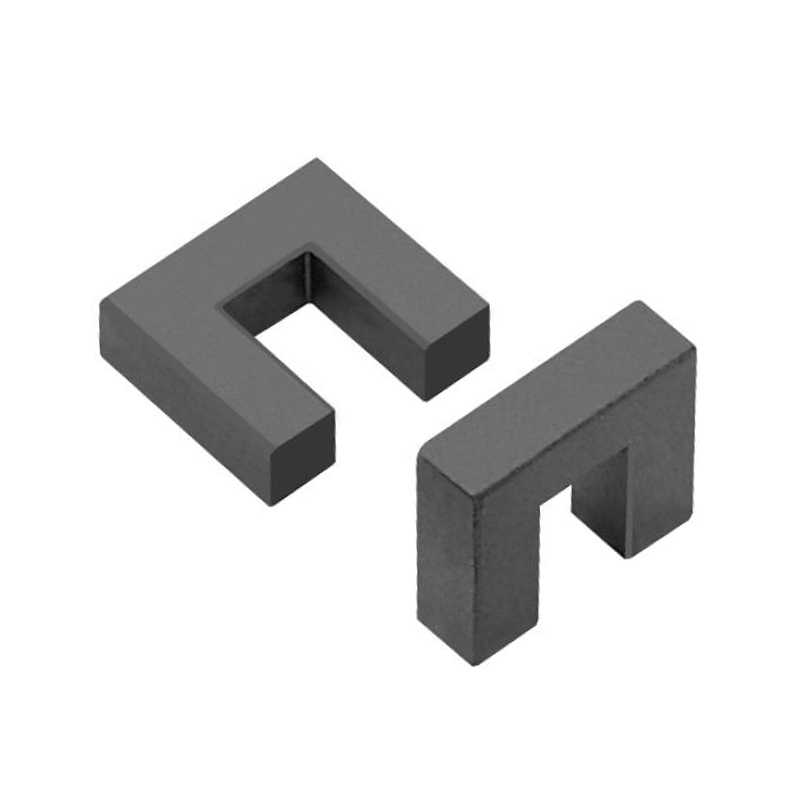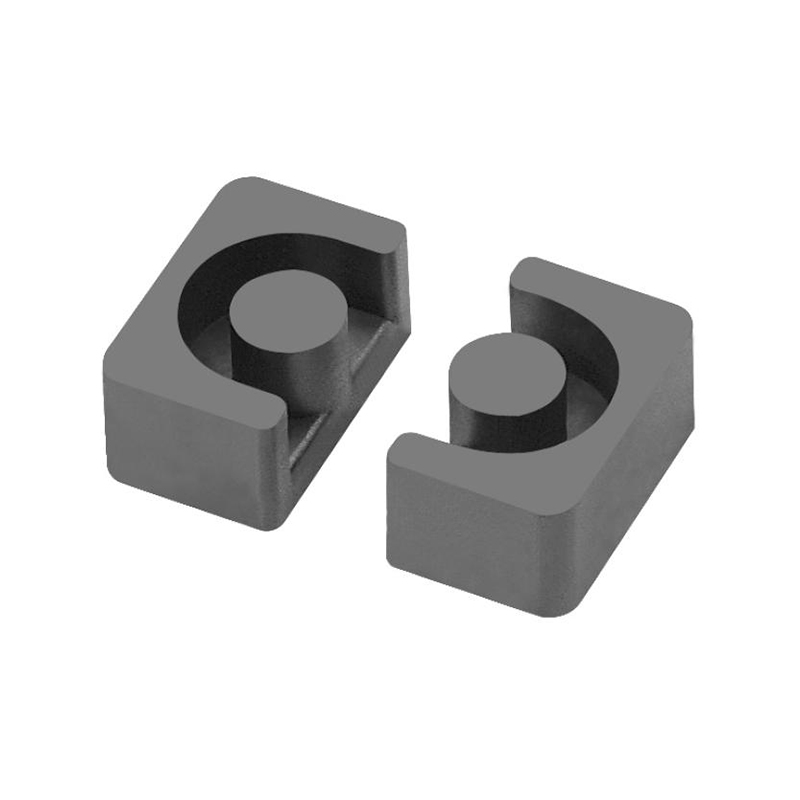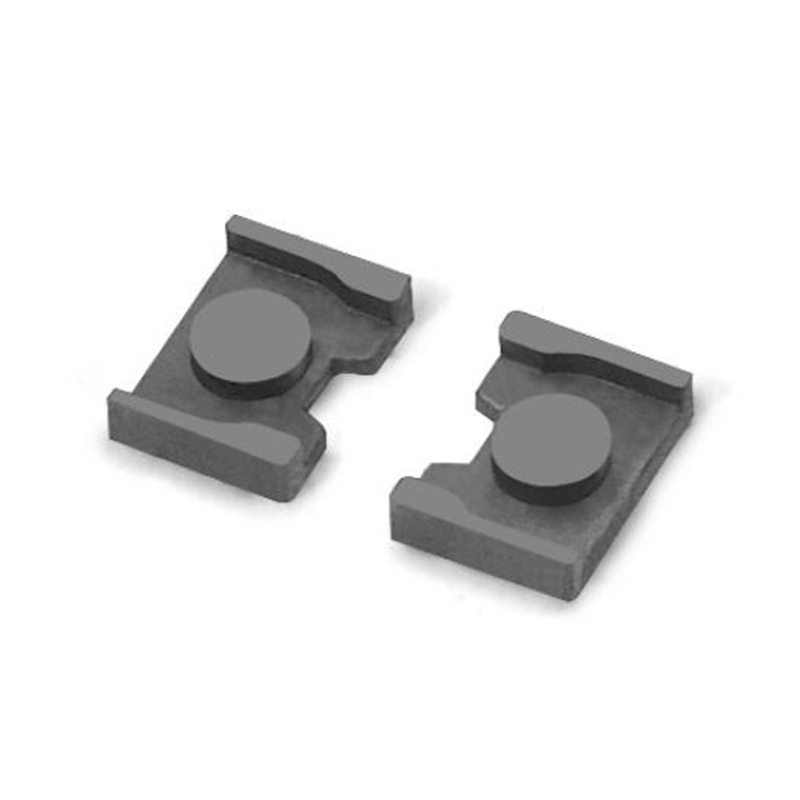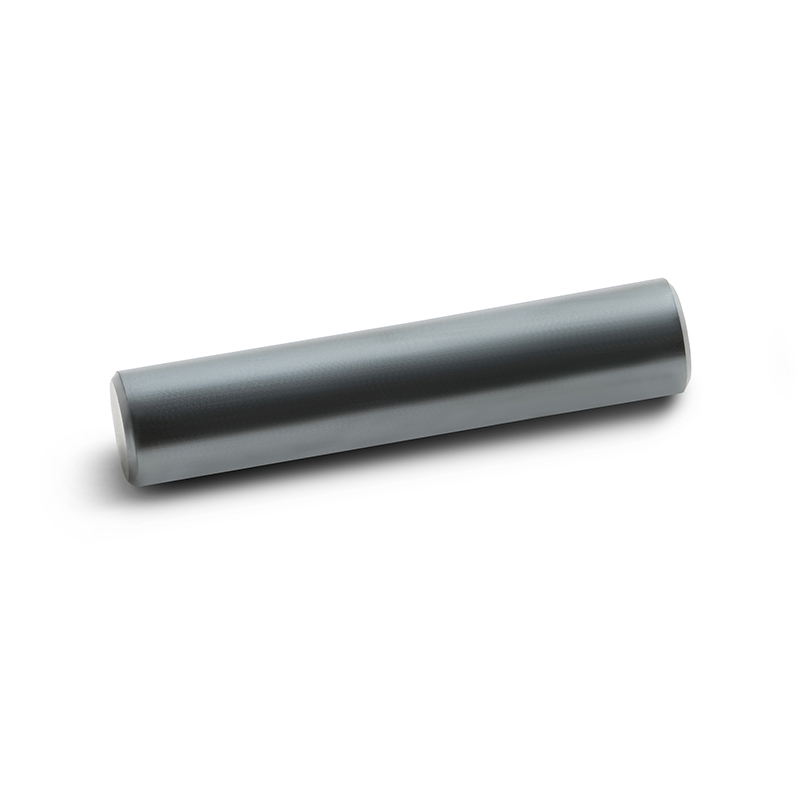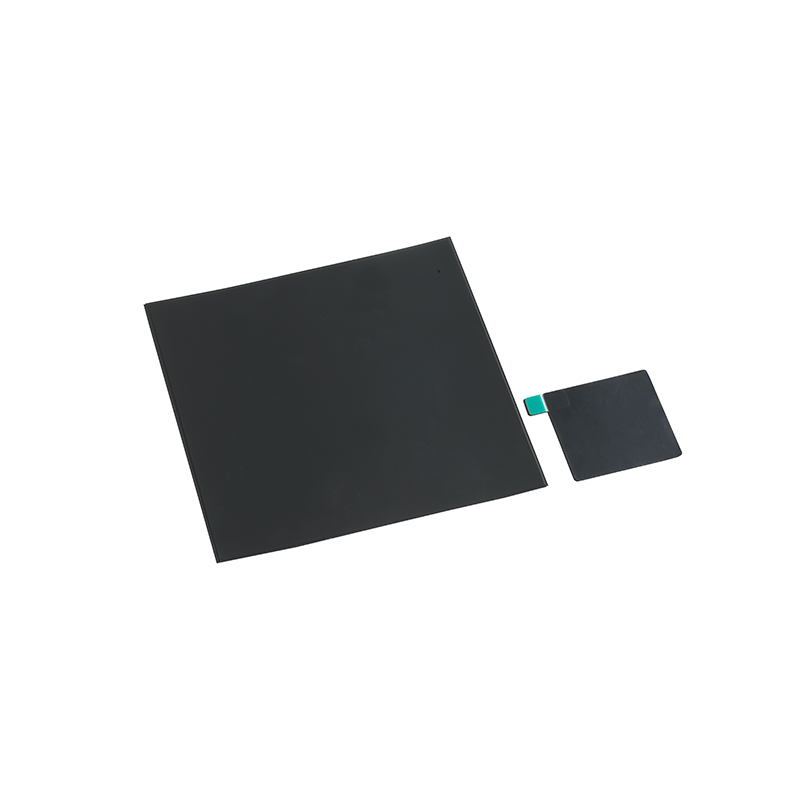How Does Common Mode Inductance Reduce Noise in Data Lines?
In modern electronic systems, maintaining signal integrity is critical. As data rates increase and circuits become more compact, electrical noise on data lines has become a significant challenge. One effective solution to mitigate this noise is the use of Common Mode Inductance.
Understanding Noise in Data Lines
Data lines are susceptible to various forms of electrical noise. Noise can originate from multiple sources, including:
- Switching power supplies
- Electromagnetic interference (EMI) from nearby circuits
- Crosstalk between adjacent lines
- Ground loops
This noise can manifest as unwanted voltage fluctuations, which may lead to errors in data transmission or even system malfunction. Ensuring clean, reliable signals requires filtering and noise suppression techniques.
What is Common Mode Inductance?
Common Mode Inductance refers to the inductance that opposes the flow of identical currents on two or more lines relative to a common reference, usually ground. In simpler terms, it resists currents that are equal in magnitude and phase on multiple conductors.
Unlike differential mode inductance, which affects currents flowing in opposite directions, Common Mode Inductance specifically targets noise currents that appear simultaneously on all lines in the same direction.
How Common Mode Inductance Reduces Noise
The primary role of Common Mode Inductance in data lines is noise suppression. Here’s how it works:
1. Blocking Common Mode Currents
Noise on data lines often propagates as common mode signals. These signals can be caused by external EMI or internal circuit interference. A Common Mode Inductor, sometimes called a common mode choke, presents high impedance to these unwanted currents, effectively blocking them while allowing the desired differential signal to pass.
2. Filtering High-Frequency Noise
Common Mode Inductors are especially effective at attenuating high-frequency noise. Since most noise has higher frequencies than the intended data signal, the inductive reactance increases with frequency. This means that the higher the noise frequency, the more the inductor resists its flow, reducing the noise seen at the input of the receiver.
3. Reducing Electromagnetic Interference (EMI)
By suppressing common mode currents, Common Mode Inductance reduces the electromagnetic fields radiated from the data lines. This not only protects the line itself but also prevents interference with neighboring circuits, helping the system comply with EMI standards.
4. Improving Signal Integrity
With reduced noise and EMI, the integrity of the differential signal improves. Clean signals ensure more reliable data transmission, reducing errors and retransmissions, which is critical in high-speed communication systems such as USB, Ethernet, HDMI, and PCIe interfaces.
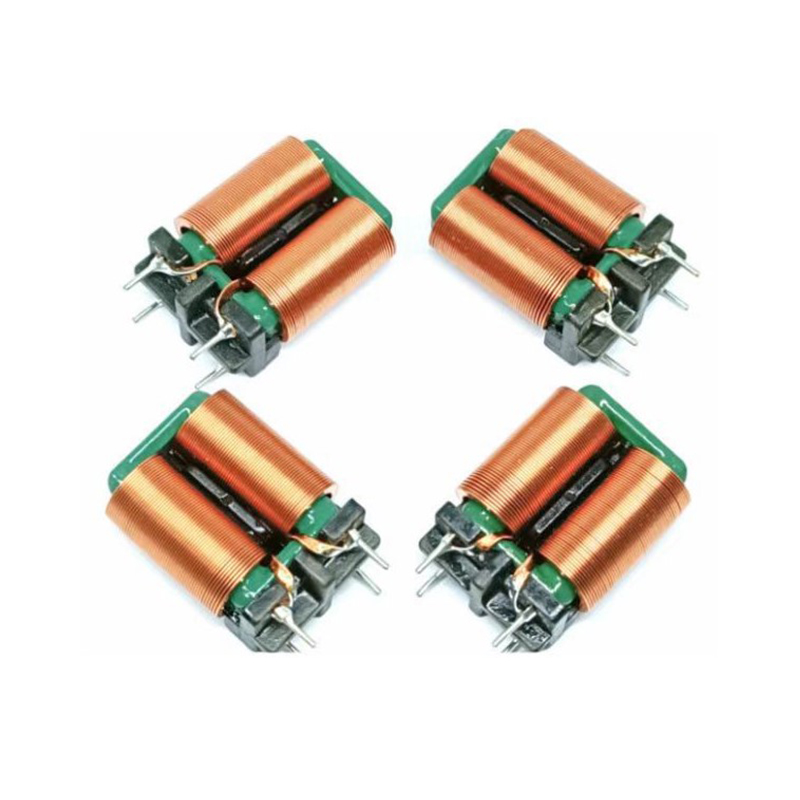
Factors Affecting Common Mode Inductance Performance
Several factors influence how effectively Common Mode Inductance can suppress noise:
1. Core Material
The inductor’s core material affects its magnetic permeability and saturation point. Ferrite cores are commonly used for high-frequency noise suppression due to their high impedance at high frequencies. Selecting the right material ensures optimal performance.
2. Number of Turns
The inductance value is proportional to the square of the number of turns on the coil. More turns increase Common Mode Inductance and improve noise suppression but may also increase size and cost.
3. Line Current
The inductor must handle the normal operating current of the data lines without saturating. If the inductor saturates, its impedance drops, and its ability to suppress noise diminishes.
4. Frequency Range
Common Mode Inductors are designed for specific frequency ranges. Selecting an inductor with impedance characteristics matching the noise frequency spectrum ensures effective suppression.
Practical Applications
Common Mode Inductance finds wide application in data line protection and signal integrity enhancement:
- USB and HDMI cables: Reduce noise and EMI to ensure high-speed data transfer.
- Ethernet and network lines: Improve signal reliability over long distances.
- Power over Ethernet (PoE): Suppress interference from power lines.
- Industrial communication systems: Protect sensitive equipment in noisy environments.
Design Considerations
When incorporating Common Mode Inductance into a data line, engineers must consider:
- Placement: Inductors should be placed close to the source of noise or the input to the receiving device.
- Differential Signal Preservation: The design must ensure that the inductor does not significantly affect the intended differential signal.
- Temperature Stability: Inductors can change characteristics with temperature, potentially affecting noise suppression performance.
- PCB Layout: Proper routing and spacing of traces minimize additional noise coupling and maximize the effectiveness of the inductor.
Conclusion
As electronic systems continue to advance and operate at higher speeds, noise suppression becomes increasingly vital. Common Mode Inductance offers a simple yet effective solution for reducing common mode noise on data lines. By blocking unwanted currents, filtering high-frequency noise, and improving signal integrity, it enhances system reliability and performance.
Understanding the principles, factors, and practical applications of Common Mode Inductance allows engineers and designers to make informed choices in noise mitigation. Whether in consumer electronics, industrial systems, or high-speed communication networks, Common Mode Inductance plays a critical role in maintaining clean, stable, and reliable data transmission.

 中文简体
中文简体